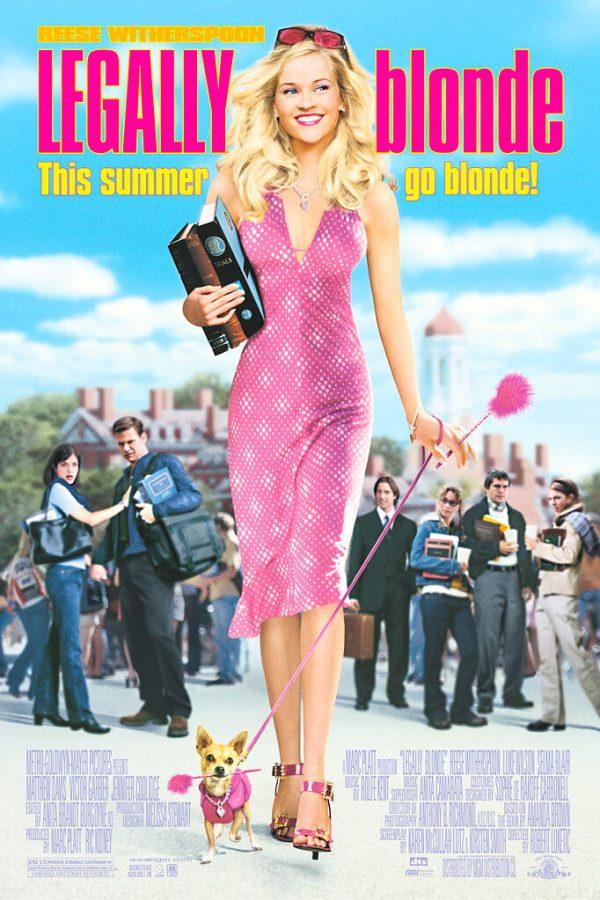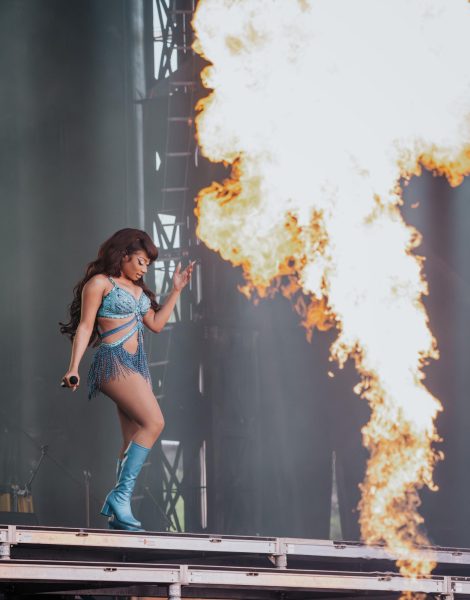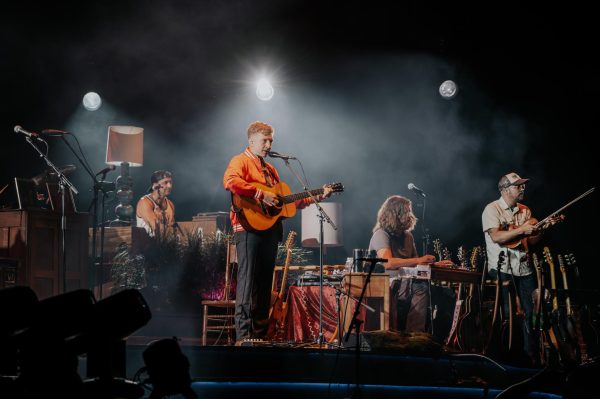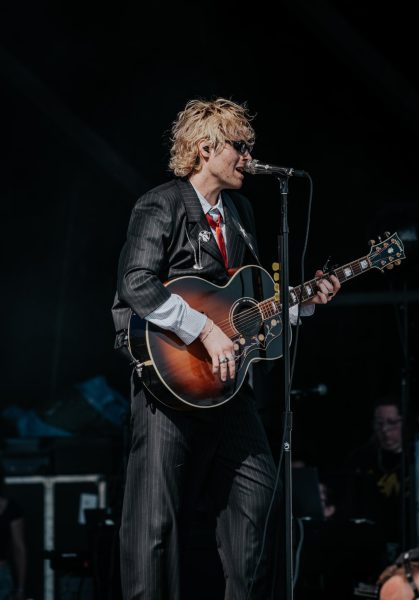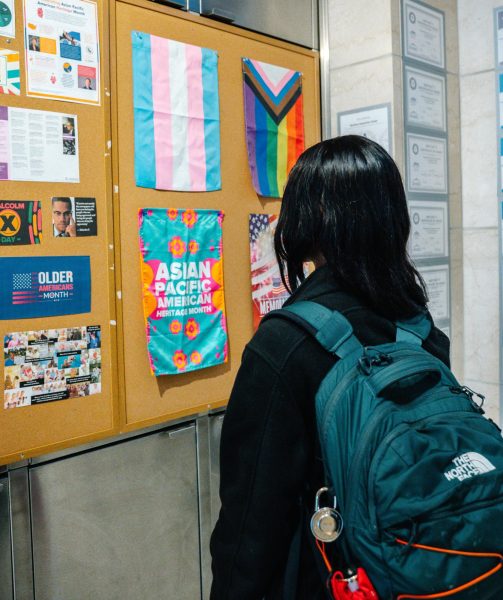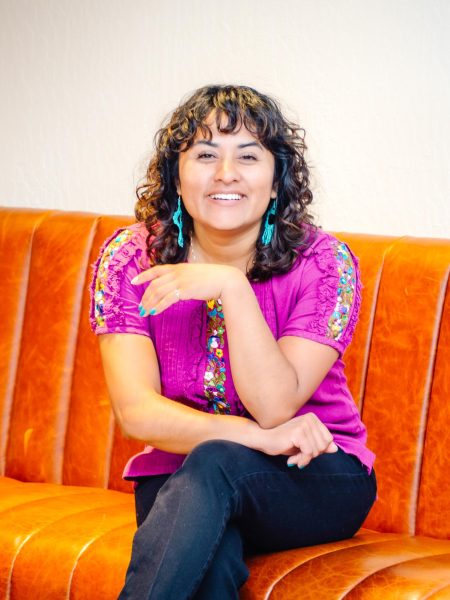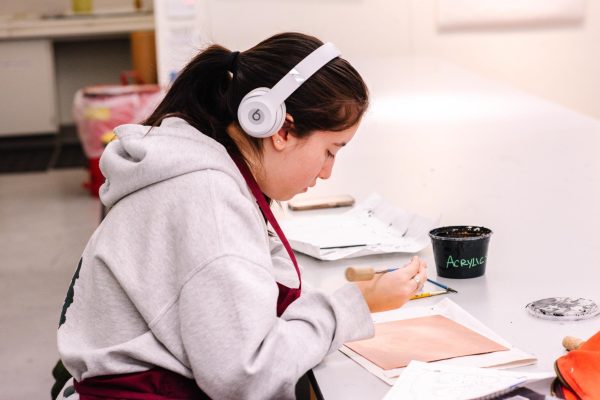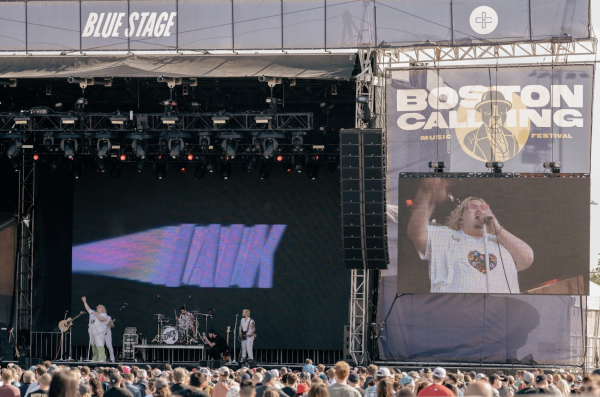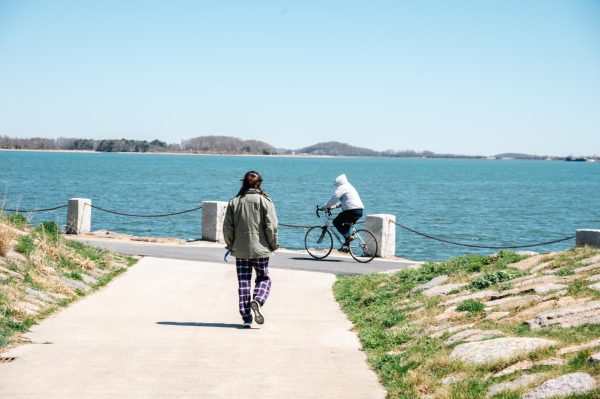Back to blonde: Revisiting “Legally Blonde’s” success
April 9, 2021
With “Legally Blonde” returning to Netflix on April 1, many fans have gone back to watch the hit film for a touch of nostalgia. With the announcement of a third sequel coming in 2022, over twenty years after the original movie’s release, the movie has the ability to reach a whole new generation of children and inspire them in a similar way that Elle Woods had been able to inspire the youth and young adults of the early 2000s. But what was it that made “Legally Blonde” such a cultural phenomenon that people still reference scenes such as the Bend and Snap and lines such as “What, like it’s hard?” twenty years after the first movie’s release?
Between two sequels, a spin-off movie, and a Broadway musical, “Legally Blonde” has propelled itself to being a key piece of media in modern society. Elle’s admissions video has been used dozens, if not hundreds of times over as inspiration for women to make videos for their own agendas, such as their own sororities, student council, or a pregnancy announcement. Kim Kardashian, who had been studying to become a lawyer, even copied the iconic video in her 2019 Halloween costume, where she dressed up as the famous blonde.
Since its release, Elle Woods and “Legally Blonde” have inspired countless women to go to law school. Though the film hardly prepared these women for how hard law school can actually be, especially the first year, the movie paved the way for women in the professional workplace to be themselves unapologetically and work to fill the divide in the law field. As Hayley Moss for the ABAJournal writes:
“Like the women Witherspoon meets, I occasionally meet a colleague who sheepishly admits to going to law school because ‘Legally Blonde’ inspired her. One of my lawyer friends even got a Chihuahua because she was inspired by Elle’s Chihuahua, Bruiser.”
For the time, Legally Blonde was fairly progressive in terms of feminism and empowerment. In a cutthroat environment where women could have been put against each other at every turn, Elle stayed true to her peppy attitude and never stooped to a low level. The 2009 musical adaptation captures Elle’s attitude perfectly, in the song “Positive.” The other Delta Nus suggest to Elle that she resort to violence to win Warner back, as well as trying to be “sexier” than Vivienne, and Elle says their efforts won’t work, and she needs to do things her way—which is how she did things the whole musical and film.
The film also made statements on sexual harassment in the workplace, and what would later become #MeToo, long before the topic had been spoken about. Elle shuts Callahan’s advancements down, but they leave the peppy protagonist shaken up and distraught for a period of time, before she takes back her confidence and the case from Callahan. As Joe Berkowitz for Fast Company said:
“Elle believes in herself so much throughout most of the movie that what other people think of her never seems to matter, until it does. Toward the end, she needs other people to believe in her too for justice to prevail, a dynamic that foreshadows the wacky new trend of, you know, believing women.”
Most unique for the time, was the ambiguity of Elle’s relationship status—until the epilogue which revealed Emmett and Elle’s relationship. In the age of rom-coms where the conventionally attractive guy ends up with the conventionally attractive girl, a film like “Legally Blonde,” where Elle proved to the world (and herself) that she didn’t need a man to be happy and successful, was extremely powerful and impactful to see. Though the musical spends far more time developing Emmett and Elle’s relationship, it was always in the context of helping Elle grow as a person first and foremost, and the romance simply blossomed later. For young women watching the movie, seeing a conventionally pretty woman put herself first was exactly what was needed in 2001, and it is still needed today.
As wonderful as “Legally Blonde” is, and as much of a staple it has become in society, it has its flaws. Though it dismantled the “dumb blonde” stereotype, the movie played heavily into many other stereotypes. Fellow law student Enid and the pool boy Enrique lacked personalities beyond being archetypes of their sexualities and race. David, one of Elle’s classmates, was only seen as a dorky (to the point that his IMDb listing calls him Dorky David) overachiever who can’t get girls without the help of a pretty girl. While these characters were just minor roles, and the film came out in 2001, these stereotypes can have a lasting impact on not only the communities they are portraying, but also society in general.
Still, “Legally Blonde’s” impact on society isn’t something to shrug off. Elle’s bubbly personality warmed the hearts of America and inspired countless young women to be themselves completely and unapologetically. Beyond that, smaller influences like the Snap Cup from the second film, famous quotes from the film on graduation caps and in yearbooks, and pops of pink in the professional world have become staples in mainstream society. As Haley Bosselman for USC Annenberg Media writes:
“From Elle’s sidekick chihuahua, Bruiser, to the iconic Bend and Snap, ‘Legally Blonde’ is its own ray of sunshine in American pop culture.”
Few movies have the ability to withstand the test of time and maintain their cultural relevance in the way Legally Blonde has. The one liners and famous scenes have become staples in pop culture, and Elle Woods is the upbeat, charismatic, intelligent role model girls of then and now need in their lives, and her beacon of hope and sunshine will undoubtedly continue with the release of the third movie.





















































